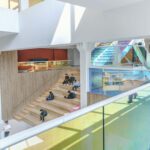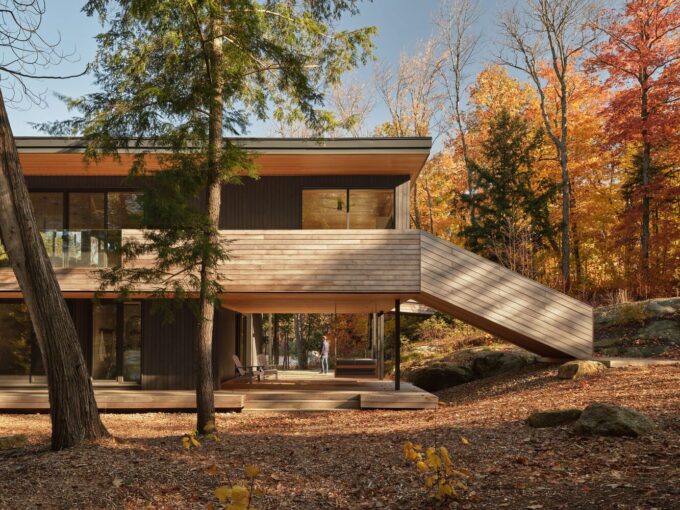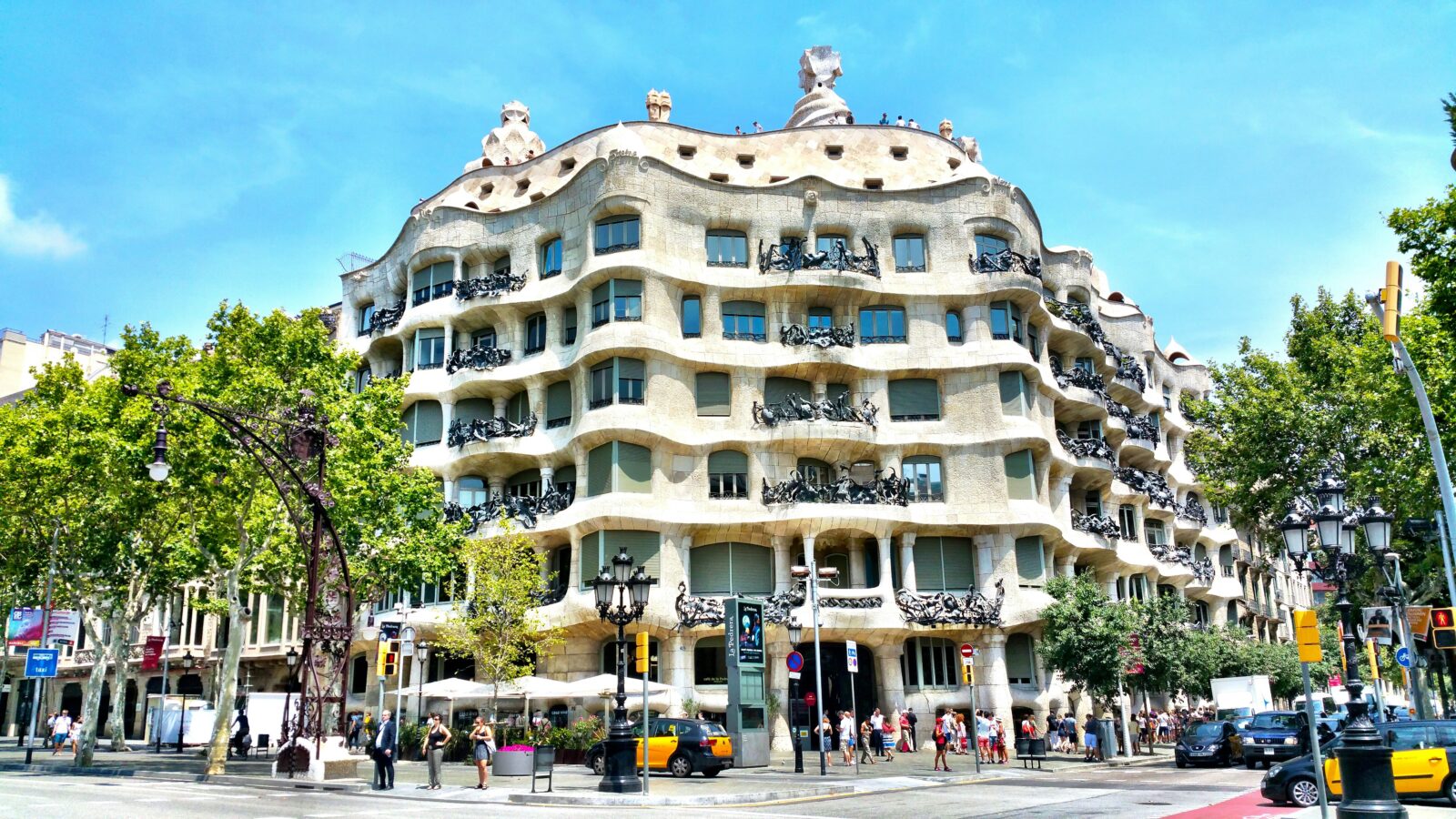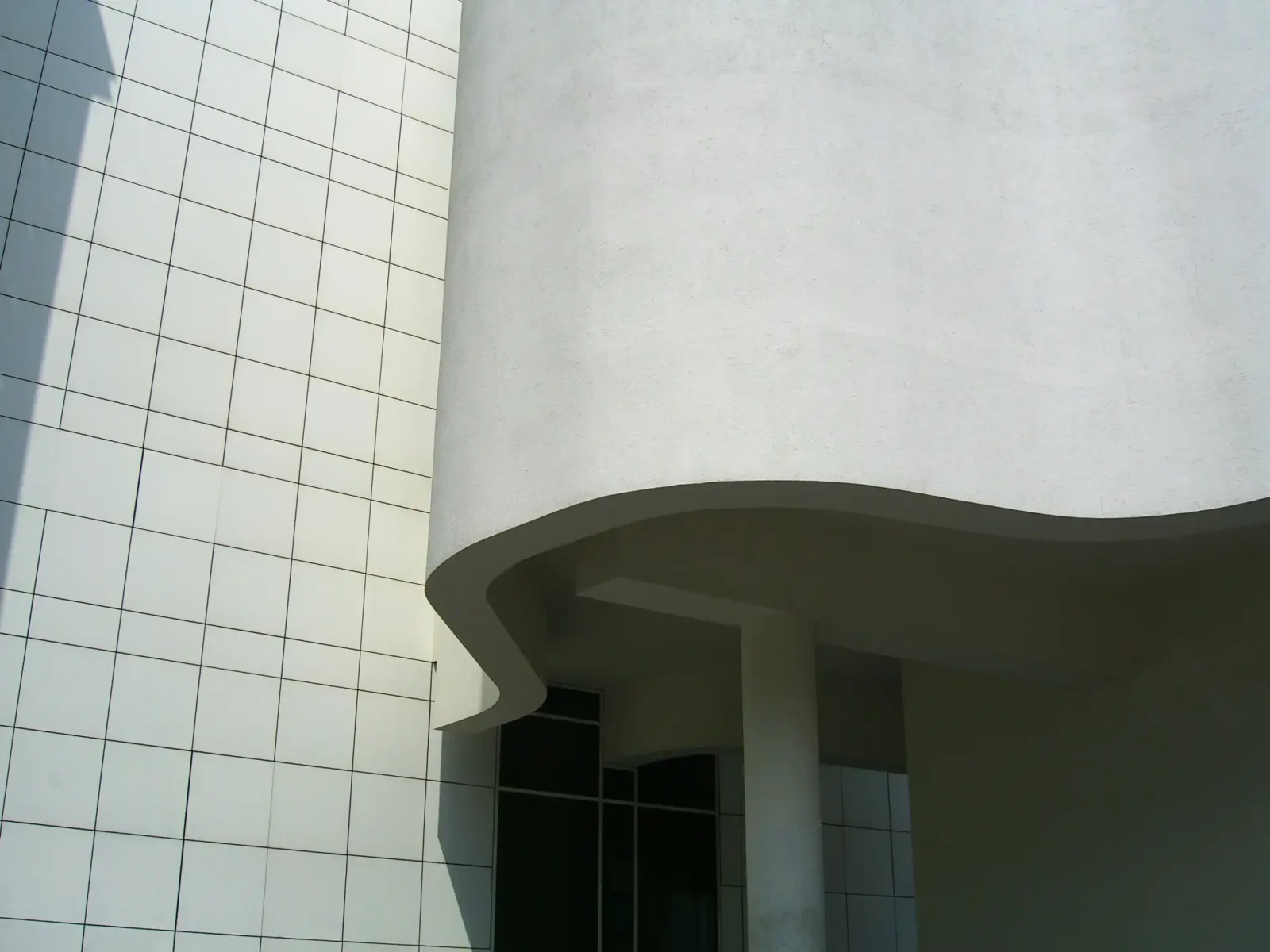- Home
- Articles
- Architectural Portfolio
- Architectral Presentation
- Inspirational Stories
- Architecture News
- Visualization
- BIM Industry
- Facade Design
- Parametric Design
- Career
- Landscape Architecture
- Construction
- Artificial Intelligence
- Sketching
- Design Softwares
- Diagrams
- Writing
- Architectural Tips
- Sustainability
- Courses
- Concept
- Technology
- History & Heritage
- Future of Architecture
- Guides & How-To
- Art & Culture
- Projects
- Interior Design
- Competitions
- Jobs
- Store
- Tools
- More
- Home
- Articles
- Architectural Portfolio
- Architectral Presentation
- Inspirational Stories
- Architecture News
- Visualization
- BIM Industry
- Facade Design
- Parametric Design
- Career
- Landscape Architecture
- Construction
- Artificial Intelligence
- Sketching
- Design Softwares
- Diagrams
- Writing
- Architectural Tips
- Sustainability
- Courses
- Concept
- Technology
- History & Heritage
- Future of Architecture
- Guides & How-To
- Art & Culture
- Projects
- Interior Design
- Competitions
- Jobs
- Store
- Tools
- More
Exploring the Intricate Connection Between Politics and Architecture in Shaping Society
Explore the intricate relationship between politics and architecture in our latest article. Discover how building designs reflect political values, influence civic engagement, and shape community identities. From iconic government structures to urban planning, we delve into historical contexts and modern movements, illustrating architecture's role in conveying power and ideology.

Politics and architecture are intertwined in ways that shape our cities and communities. From grand government buildings to public spaces, the design and layout of our environment reflect the values and ideologies of those in power. As we explore this dynamic relationship, we uncover how architecture not only serves functional purposes but also conveys political messages and influences social behavior.
Every structure tells a story, revealing the aspirations and tensions of its time. Whether it’s the imposing presence of a state capitol or the accessibility of a community park, these designs impact how we interact with one another and engage with our civic duties. Join us as we delve into the fascinating intersection of politics and architecture, examining how each influences the other and shapes our collective experience.

Table of Contents
ToggleUnderstanding Politics and Architecture
Architecture manifests political power and ideology through design choices. Structures influence public perception and reinforce the authority of governing entities.

The Relationship Between Power and Structure
Power shapes structure in various ways. Political leaders often commission iconic buildings to represent their vision. For example, the Capitol building in Washington, D.C., symbolizes American democracy through its neoclassical design. Structures serve as physical embodiments of authority, while their configurations dictate how citizens interact with public spaces. The arrangement of federal buildings can promote transparency or restrict access, influencing civic engagement and societal dynamics.
Historical Context of Architecture in Politics
Throughout history, architecture has reflected political movements. Ancient civilizations, such as the Romans, constructed grand monuments to showcase their dominance, like the Colosseum, which illustrated imperial power and societal values. In the 20th century, modernist architecture emerged as a response to political ideologies, with structures like Le Corbusier’s Villa Savoye epitomizing the principles of functionalism and progress. The architectural styles often parallel political trends, signifying shifts in governance and cultural identity. As we analyze these historical examples, we recognize the profound impact architecture has on shaping political narratives and community identities.
Case Studies of Political Architecture
We examine notable examples of political architecture that illustrate the connection between design, power, and social dynamics. These structures exemplify the interplay between governmental intentions and public spaces.

Government Buildings and Their Symbolism
Government buildings serve dual purposes of functionality and symbolism. These structures represent the authority and values of a governing body. For instance:
- United States Capitol (Washington, D.C.): This iconic building symbolizes democracy with its grand dome and neoclassical design. The Capitol serves as the heart of legislative power, illustrating the intent of transparency and accessibility.
- Parliament House (Canberra, Australia): Its innovative design allows public interaction, promoting a sense of inclusivity in governance. The structure’s green roof symbolizes the importance of sustainability in modern political dialogue.
- Reichstag (Berlin, Germany): This building incorporates a glass dome, allowing visitors to view the parliamentary proceedings. This feature emphasizes transparency, a key tenet of democracy.
Such government buildings convey political narratives while fostering public trust.
Urban Planning and Political Intentions
Urban planning reflects the political landscape and serves specific societal objectives. The layout of cities can influence civic behavior. Examples include:
- Plaza de Mayo (Buenos Aires, Argentina): This public space has been the site of numerous political protests, emphasizing the role of architecture in facilitating civic engagement.
- Trafalgar Square (London, UK): The square’s design encourages gatherings and demonstrations, illustrating the government’s intention to create spaces that foster public discourse.
- St. Peter’s Square (Vatican City): This grand design symbolizes the authority of the Catholic Church, inviting reflection and reverence.
These spaces demonstrate that urban planning plays a crucial role in shaping political identities and community interactions.
The Influence of Politics on Architectural Styles
Political influences shape architectural styles, reflecting the values and priorities of governing bodies. This dynamic interplay asserts itself through various movements and designs.

Modernism vs. Traditionalism
Modernism emphasizes minimalism and functionality, aligning with political ideologies that value progress and innovation. Structures such as the Barbican Centre in London embody this forward-thinking ethos, showcasing clean lines and new materials.
Traditionalism, on the other hand, often evokes nostalgia and stability. It reinforces values associated with heritage and cultural continuity, reflected in buildings like the Monticello in Virginia. Political leaders may choose traditional styles to foster a sense of connection to history and community.
Political movements often dictate the preference for either modern or traditional architecture, shaping urban landscapes according to the prevailing ideology.
Architecture as a Tool for Political Propaganda
Architects and government officials utilize structures as vehicles for political propaganda. Iconic buildings serve dual roles as functional spaces and symbols of power. The Palace of Versailles, with its grand scale and opulent design, exemplifies how architecture can amplify a ruler’s authority and cultural status.
Policies and initiatives often dictate architectural projects, crafting narratives that align with political agendas. Urban design choices, such as the placement of public monuments, often reflect values of unity or division. For example, the Vietnam Veterans Memorial in Washington, D.C., connects citizens with their history of conflict and resilience, reinforcing collective memory through spatial design.
Political propaganda becomes more powerful when architecture aligns with prevailing societal themes, influencing public perception and engagement.
The Role of Architects in Political Discourse
Architects play a crucial role in shaping political discourse through their designs and advocacy. Their work influences public perception and enhances civic engagement in various contexts.

Architects as Activists
Architects often act as activists, championing social change and advocating for the needs of communities. With their unique skills, they address pressing social issues like housing shortages and environmental justice. Notable projects, such as affordable housing initiatives and disaster relief efforts, showcase how architects apply innovative designs to foster inclusivity and sustainability. By collaborating with local communities, architects ensure that their designs reflect the voices and needs of the people they serve, promoting civic participation and engagement.
Ethics in Political Architecture
Ethics in political architecture establishes a framework for responsible design practices. Architects face dilemmas when navigating power dynamics, social equity, and environmental impact. Ethical considerations compel architects to question whose interests their designs serve and what messages are conveyed through their structures. Adhering to ethical standards encourages transparency and accountability in architectural practice. By evaluating the implications of their work, architects align their designs with the broader goals of democracy, equity, and community welfare. The commitment to ethical architecture fosters trust between the public and governing entities, enhancing the legitimacy of political structures.
Conclusion
Architecture acts as a reflection of political ideologies, shaping and influencing societal dynamics. The interplay between design and power manifests in various structures, from monumental government buildings to communal spaces that foster civic participation. Each design choice carries implications that extend beyond aesthetics; they silently assert authority and engage the public in political discourse.
The historical context illustrates how architectural movements align with political epochs, portraying societal values and ambitions across eras. Iconic examples emphasize the duality of function and symbolism in structures like the United States Capitol and the Reichstag, reinforcing narratives that influence public trust and engagement.
Architectural styles evolve in response to prevailing political ideologies, distinguishing between modernist expressions of progressivism and traditionalist evocations of cultural heritage. This relationship underscores how political agendas shape urban landscapes and influence community identity.
Moreover, we observe architecture serving as a vehicle for political propaganda, where magnificent designs amplify the stature of rulers and convey critical narratives of power. Iconic landmarks, such as the Palace of Versailles, exemplify this dynamic, captivating public perception while entrenching authority.
Architects, as agents of change, play a pivotal role in this landscape. By addressing pressing issues within communities through thoughtful design and advocacy, they enhance civic engagement and social equity. Their commitment to ethical practices ensures that the architectural landscape aligns with democratic ideals, fostering inclusivity and accountability.
- architecture and politics relationship
- architecture and power structures
- architecture as a political tool
- architecture as social commentary
- architecture in political contexts
- architecture shaping society
- architecture societal impact
- cultural implications of architecture
- historical political architecture
- how politics affects architecture
- impact of politics on architecture
- political architecture design
- political influence on architecture
- politics and architecture
- politics in architectural design
- sociopolitical architecture
- urban planning and politics
Submit your architectural projects
Follow these steps for submission your project. Submission FormLatest Posts
The Ultimate Guide to Fencing in North Dakota: Choosing the Best Fence for Your Property
Watching a chain link fence twist in 70 mph winds near Minot...
Gaudí: Where Architecture Meets Science
Gaudí: Where Architecture Meets Science shows catenary arches, ruled surfaces, and biomimicry...
How Housing Market Forces Shape Architectural Design Today
Architecture never exists in isolation. Buildings rise from a mix of ambition,...
Why Portable Formaldehyde Gas Detectors Matter on Construction Sites
As construction practices shift toward more enclosed and material-intensive environments, the risk...












Leave a comment